Saudi Arabian cuisine is full of diverse cultural and historical influences from the Arabian Peninsula. At the heart of this culinary heritage lies a variety of rice dishes that are not only central to daily meals but also hold a special place in festive and celebratory occasions. From the aromatic and colorful habsa to the hearty and comforting haneeth, these rice-based dishes are a testament to the region's ability to create flavorful, satisfying meals using simple, staple ingredients.
Kabsa
 Credits: Shutterstock
Credits: Shutterstock
Kabsa is a rice dish that is enjoyed throughout the Gulf States of the Arabian Peninsula. Heavily influenced by Persian and Indian biryanis, kabsa makes use of the water that was used for cooking fish or meat and re-using it to cook the spiced, long-grain rice in it, perfectly blending all the flavors and spices.
The dish can be made with chicken, lamb, camel meat, fish, or even shrimps, truffles, or duck meat. The meat or fish is usually placed on top of the rice, and the whole dish is served on a large platter, meant to be shared and eaten by hands.
Haneeth
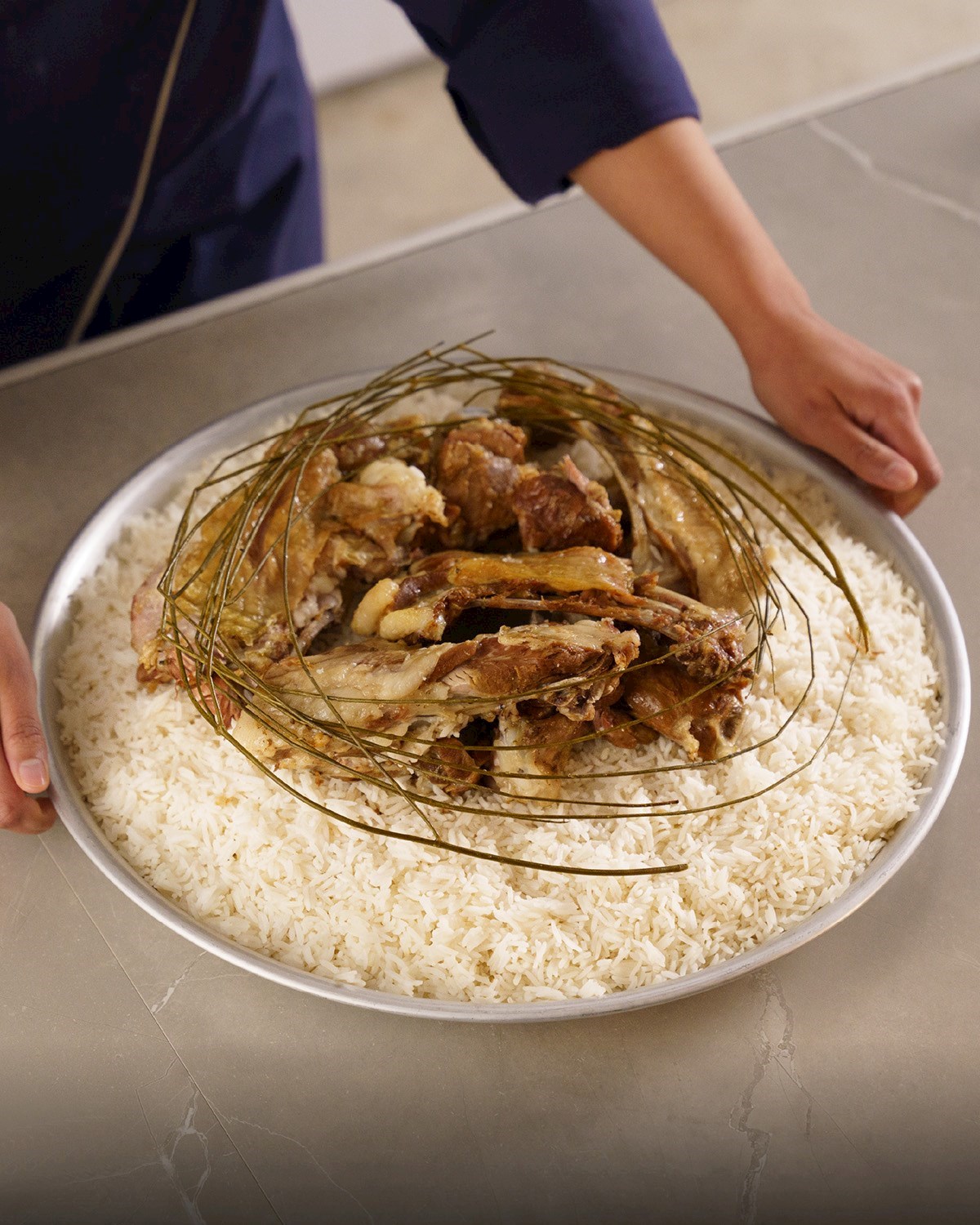 Credits: Saudi Culinary Arts Commission
Credits: Saudi Culinary Arts Commission
Haneeth is a traditional dish from the Asir region of Saudi Arabia, popular across the Arabian Peninsula. It features slow-roasted, spice-rubbed lamb, typically cooked in a tannour oven, served on a bed of rice.
The preparation involves dry-rubbing chunks of bone-in lamb with a unique spice mix, then slowly roasting it in the oven at a very low temperature for about six hours, ensuring the meat is tender and succulent.
Sayadiah
 Credits: Saudi Culinary Arts Commission
Credits: Saudi Culinary Arts Commission
This traditional combination of rice and fish is typically prepared with white fish such as sea bass or red snapper. The fish is fried or baked separately, while the rice is cooked in a special fish broth that is prepared with fried onions and bahārāt - a traditional spice blend that usually employs allspice, peppercorns, cassia, coriander, cardamom, cumin, and chili peppers or paprika.
The dish is traditionally served on one plate, topped with lightly toasted pine nuts and slivered almonds. If desired, a special sauce can be served on the side.
Saleeg
 Credits: Shutterstock
Credits: Shutterstock
Hailing from Hejaz, saleeg is a traditional Saudi Arabian rice dish consisting of creamy, porridge-like short-grain rice and roasted meat. Chicken is the most common meat choice, and it is typically boiled in water with spices before it is roasted.
A large serving platter (tabasi) is traditionally used for serving saleeg, and the roasted meat is usually placed on top of the rice. Additional melted ghee or butter can be drizzled over the dish, and it is recommended to serve it with accompaniments such as salata hara, duggus, pickled lemons, or a tomato-cucumber salad.
Ruz al Bukhari
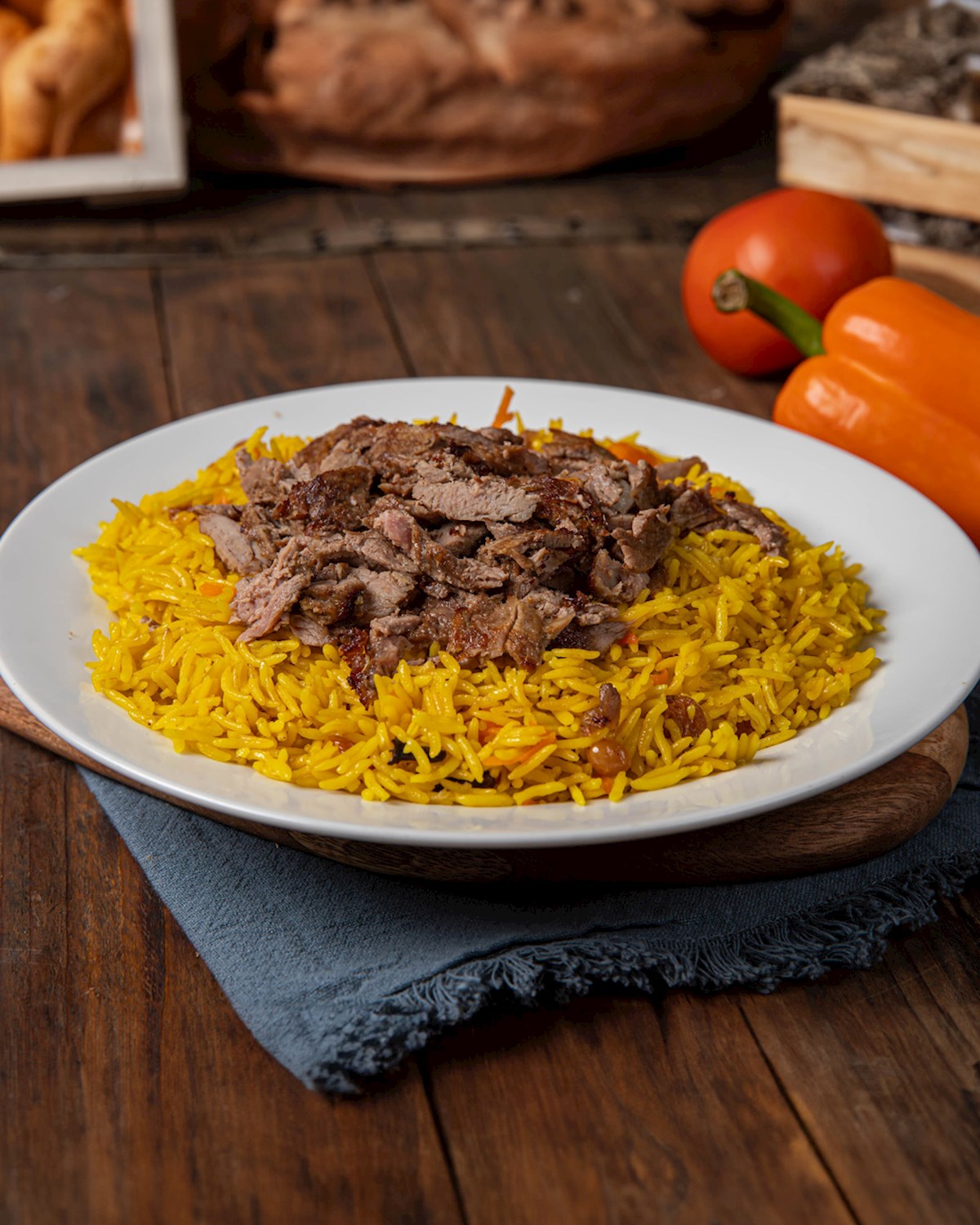 Credits: Shutterstock
Credits: Shutterstock
Ruz al Bukhari is a specialty believed to derive its name from the city of Bukhara, a historically-important trading city situated on the Silk Road in Central Asia. A variety of spices such as cinnamon, cardamom, star anise, fennel seeds, cumin, coriander seeds, nutmeg, and black pepper, which used to be traded on the Silk Road, are featured in this dish, imparting a distinctive flavor and aroma to it.
Chicken, lamb, or mutton typically accompany this dish, and long-grain rice is usually cooked in the aromatic broth obtained from cooking the accompanying meat. The dish is often topped with nuts, dried fruits, fried onions, or coriander leaves, and it is usually served with a green salad and salata hara (a spicy tomato sauce) on the side.
Learn more about Ruz al Bukhari
Araz madini
 Credits: Saudi Culinary Arts Commission
Credits: Saudi Culinary Arts Commission
Madini rice is a traditional dish from the Al-Madinah region in Saudi Arabia, consisting of white steamed rice topped with tender meat, served in a rich and flavorful broth that gives it a distinctive red color.
The madini rice recipe involves marinating chicken (or lamb) in a blend of spices, then cooking it with rice in a pot.The meat is cooked until tender, and the rice is infused with the flavors of the spices and the meat.
Keubaibat Hail
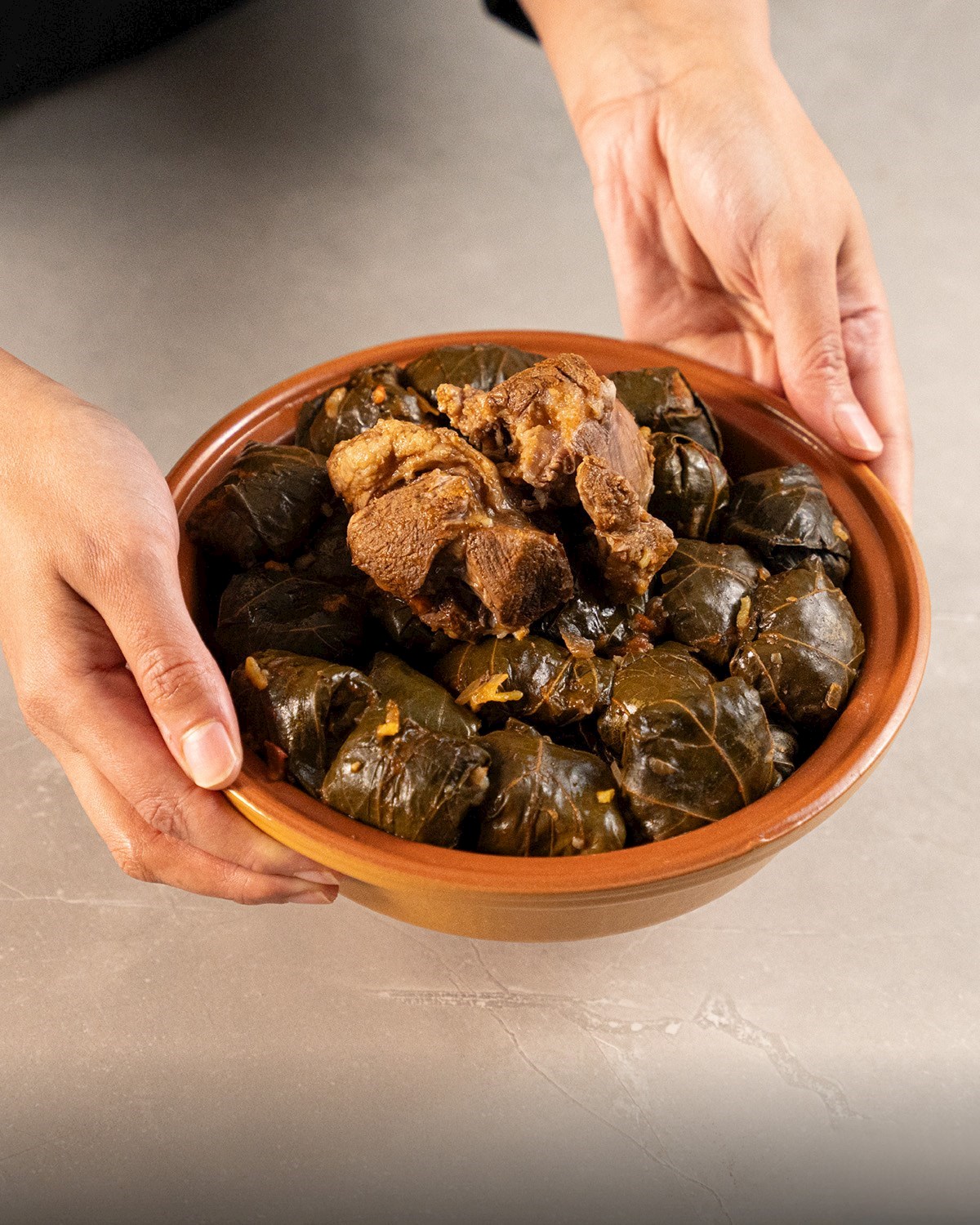 Credits: Saudi Culinary Arts Commission
Credits: Saudi Culinary Arts Commission
Keubaibat Hail is a rice and meat dish from Saudi Arabia's Ha'il Province. The pre-soaked tameen rice (basmati) is mixed with onions, tomatoes, green onions, green peppers, and spices such as Hail sarar, turmeric, cumin, and mixed spices, then wrapped in grape leaves.
The stuffed grape leaves are then arranged into a pot with bone-in lamb, tomatoes, and peppers, and everything is poured over with a tomato broth and topped with grape leaves. It is simmered long and slow until done, served in a clay pot, and can be topped with lemon slices and pomegranate seeds.
Learn more about Keubaibat Hail
Mufattah
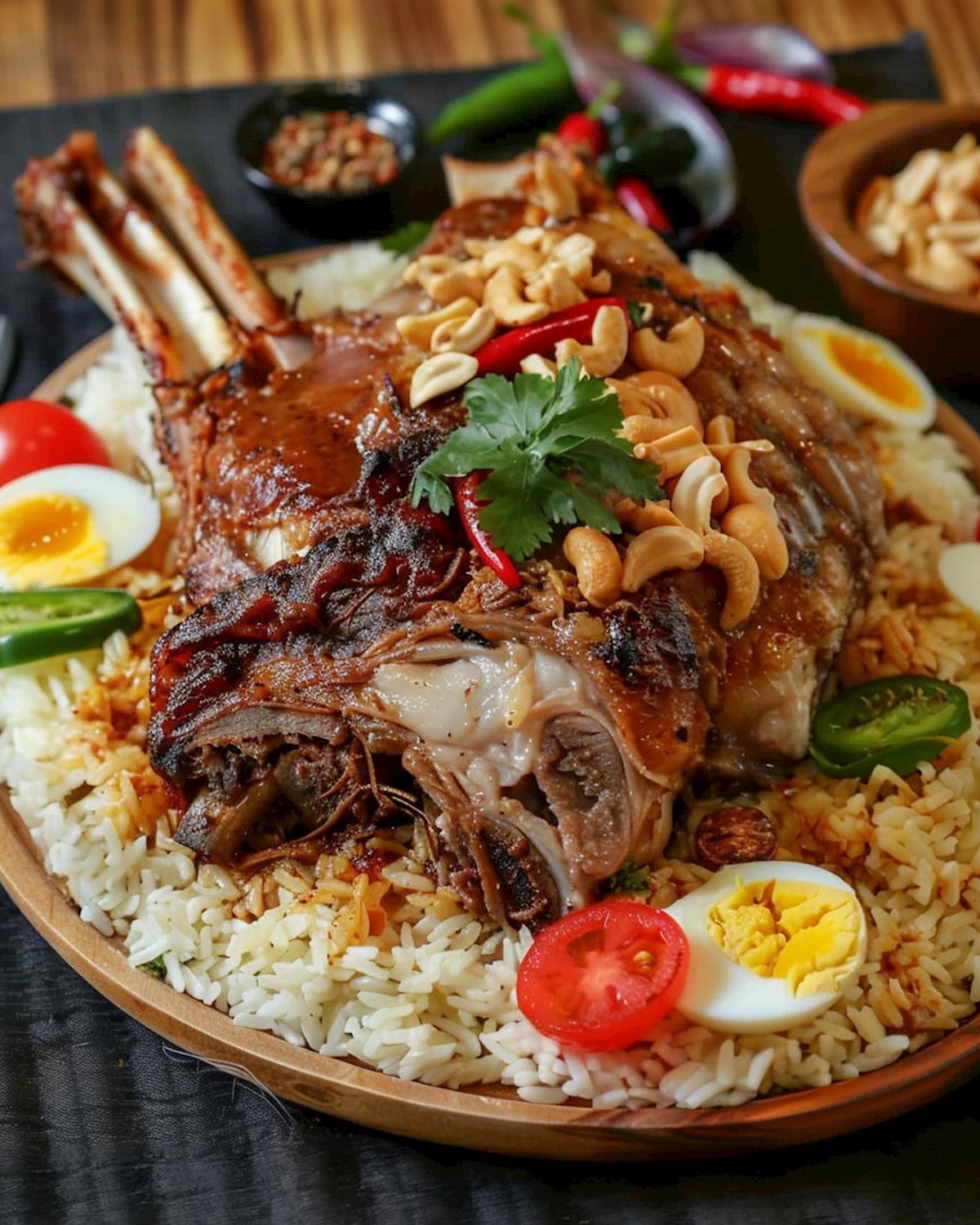
Mufattah is a traditional Saudi Arabian dish, especially popular in the southern regions, made with basmati rice, marinated lamb or chicken, and a variety of spices such as saffron, cumin, and cardamom. The dish is known for its rich, aromatic flavors, achieved through slow-cooking the meat and well-seasoning the rice.
It is often garnished with fried onions, nuts, and sometimes raisins, and typically served during special occasions and celebrations, accompanied by yogurt or salad.
Mulayhiya
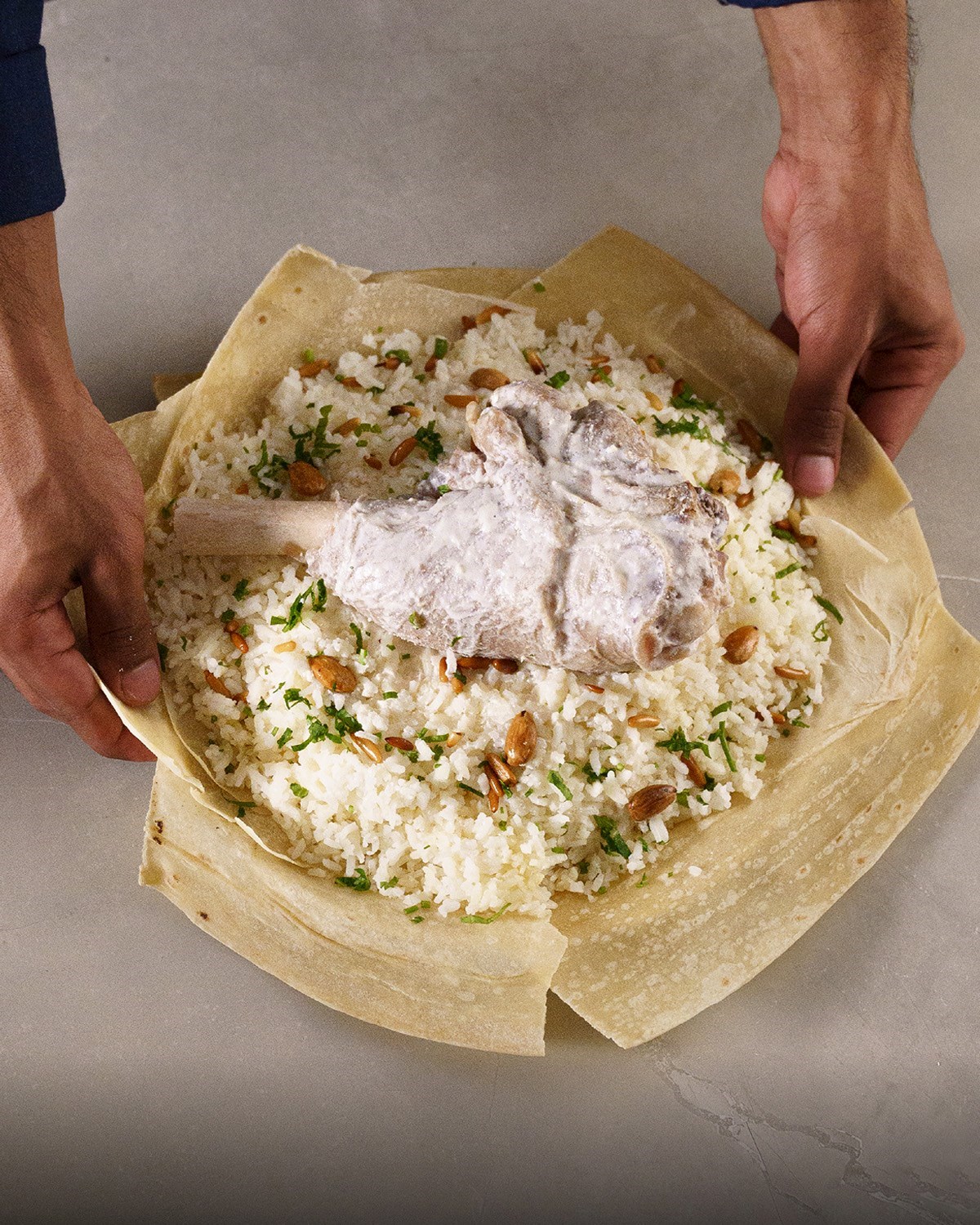 Credits: Saudi Culinary Arts Commission
Credits: Saudi Culinary Arts Commission
Mulayhiya is a Northern Borders Province specialty and features rice, lamb, meat broth, and dried yogurt (jameed) garnished with parsley and pine nuts. The dish is usually served atop saj bread and very much resembles Jordanian mansaf.
Hassawi
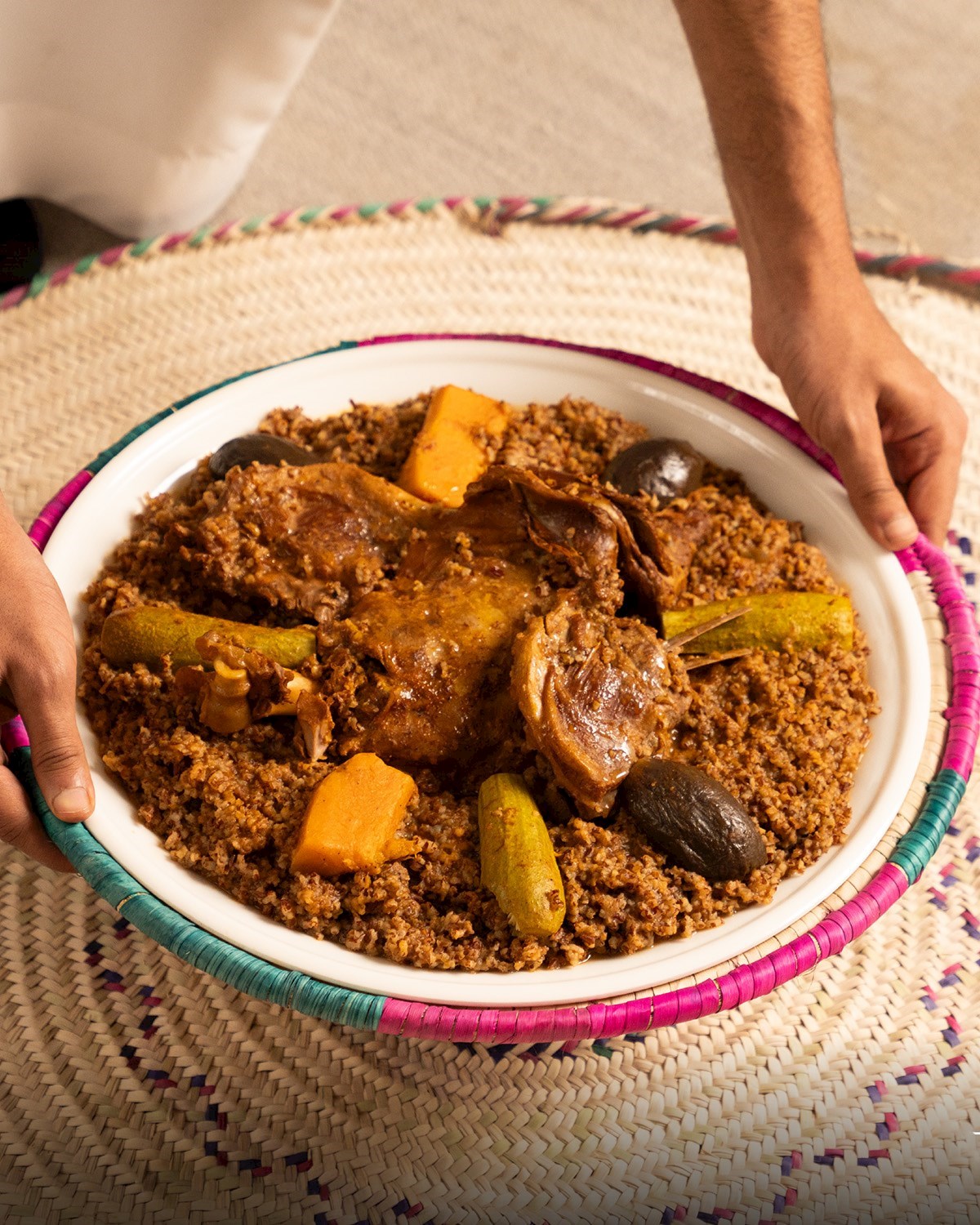 Credits: Saudi Culinary Arts Commission
Credits: Saudi Culinary Arts Commission
Hassawi rice, cultivated in the al-Ahsa oasis of Saudi Arabia's al-Sharqiyya region, thrives in an arid climate with scorching temperatures of up to 48°C/118°F. Hassawi rice is a distinctive red variety. Its exceptional taste is most pronounced when cooked with spices or accompanied by meat.
Mandi
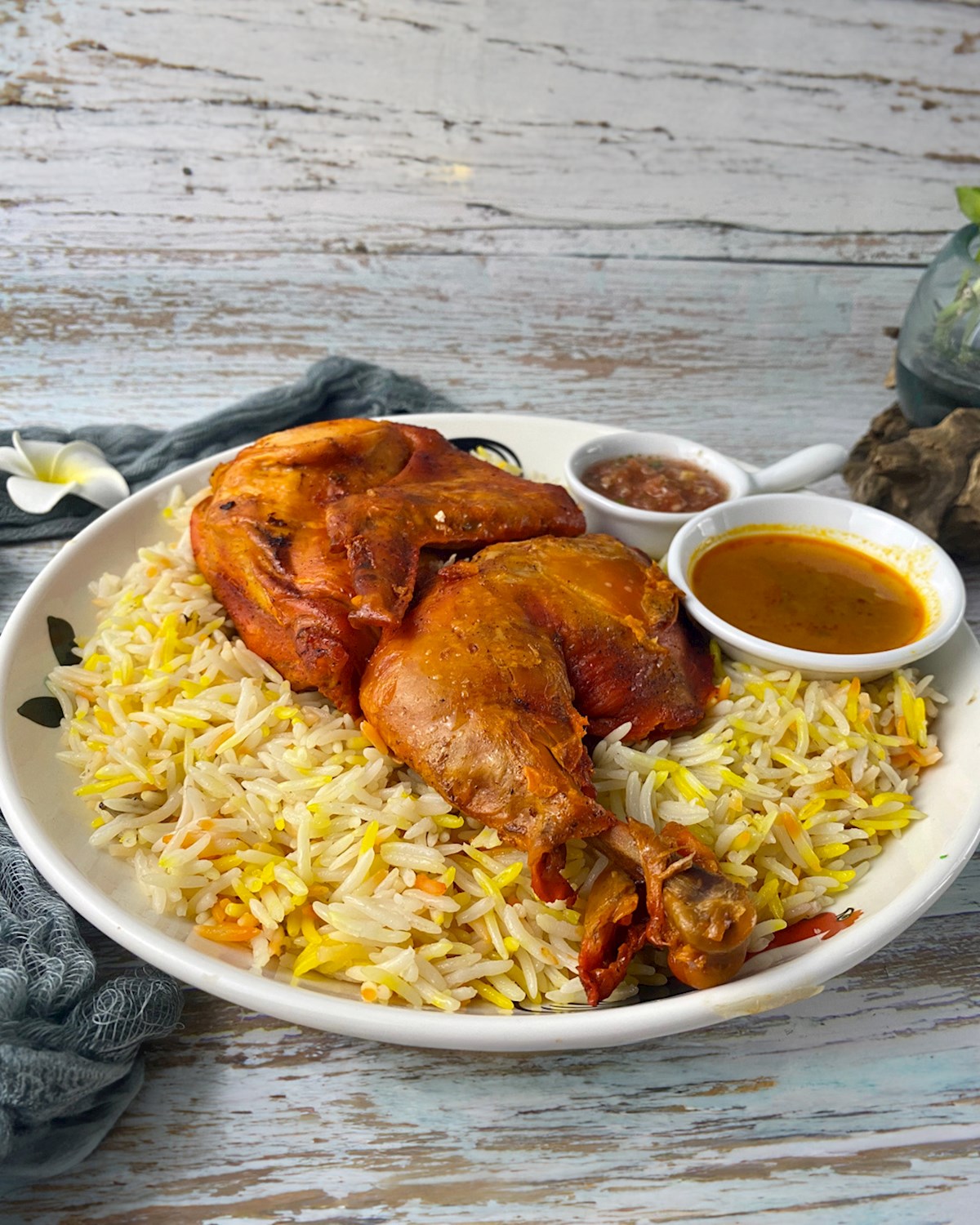 Credits: Shutterstock
Credits: Shutterstock
Mandi is a hearty dish consisting of lamb or chicken meat, fragrant basmati rice and a mixture of various spices. If lamb is used in the dish, it should be small-sized and as young as possible, to further enhance the flavors.
To make mandi, the meat should be cooked in the tandoor, a specially designed hole in the ground covered with clay and charcoal, acting as an oven for the suspended meat above it. It is then closed and no smoke is allowed to go outside as it flavors the meat instead. When the meat is tender and juicy, it is served with rice and accompaniments such as salads, yogurt, and spicy tomato chutneys.
Learn more about Saudi rice dishes



